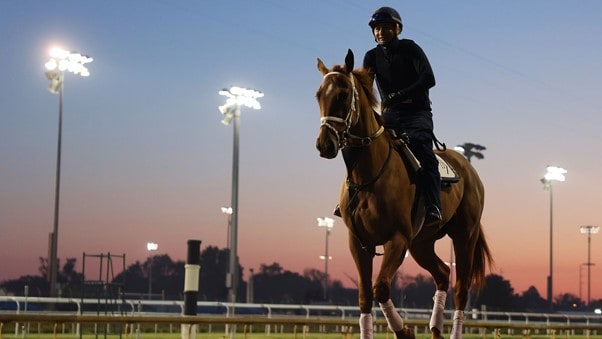Are you an avid horse racing fan looking to increase your chances of placing successful bets? Do you want to know the best tips and strategies for comparing the odds and reading a racing form? If so, this blog post is perfect for you! In it, we’ll discuss how to read a racing form, where to find odds, how to compare them, and other important tips on making the best wagers. So if you’re ready to visit 1xbet and get started with winning wagers on horses, let’s dive in!

What Is A Racing Form
A racing form is a document that summarizes the performance of horses in past races. It contains detailed information about each horse’s recent performances, including the distance run, the time taken to complete it, the jockey and trainer who took part in the event, as well as other important data. This information is used by bettors to make informed decisions about which horse they should wager on.
How To Read A Racing Form
Reading a racing form can seem intimidating at first, but with some practice it will become much easier.
- To start, focus on the important information such as the horse’s recent performance, the jockey and trainer who took part in the race, and the type of track it ran on. These details will help you to determine which horses are likely to perform well in upcoming races.
- It is also important to pay attention to the distance each horse has previously run, as this will give you an idea of how well it is likely to do over that particular course.
- Additionally, look for patterns in previous race times and compare these to the predicted race time for the upcoming event.
Where To Find Odds
You can typically find odds for horse racing on different sports betting websites like 1xbet or bet365.
- To increase your chances of success, it’s vital to compare the odds of various horses before placing your bets.
- This will help you determine which horse has the highest probability of winning.
How To Compare Odds
To compare odds, you must first calculate the implied probability that each horse has of winning.
- To do this, divide the first number of each fraction by the sum of both numbers. For example, if a horse has odds of 6/1 then its implied probability of winning is 0.16 (6 divided by 7).
- Once you have calculated the implied probabilities for all horses, compare them to get an indication of which horse is likely to be the most successful.
Summary
When betting on horses, it is important to always consider more than just the odds. Think about each horse’s recent performance, the jockey and trainer who took part in the race, as well as other factors such as the type of track it ran on. Additionally, make sure to compare the odds of different horses before placing any bets. By following these tips, you will be able to maximize your chances of success when betting on horses.
